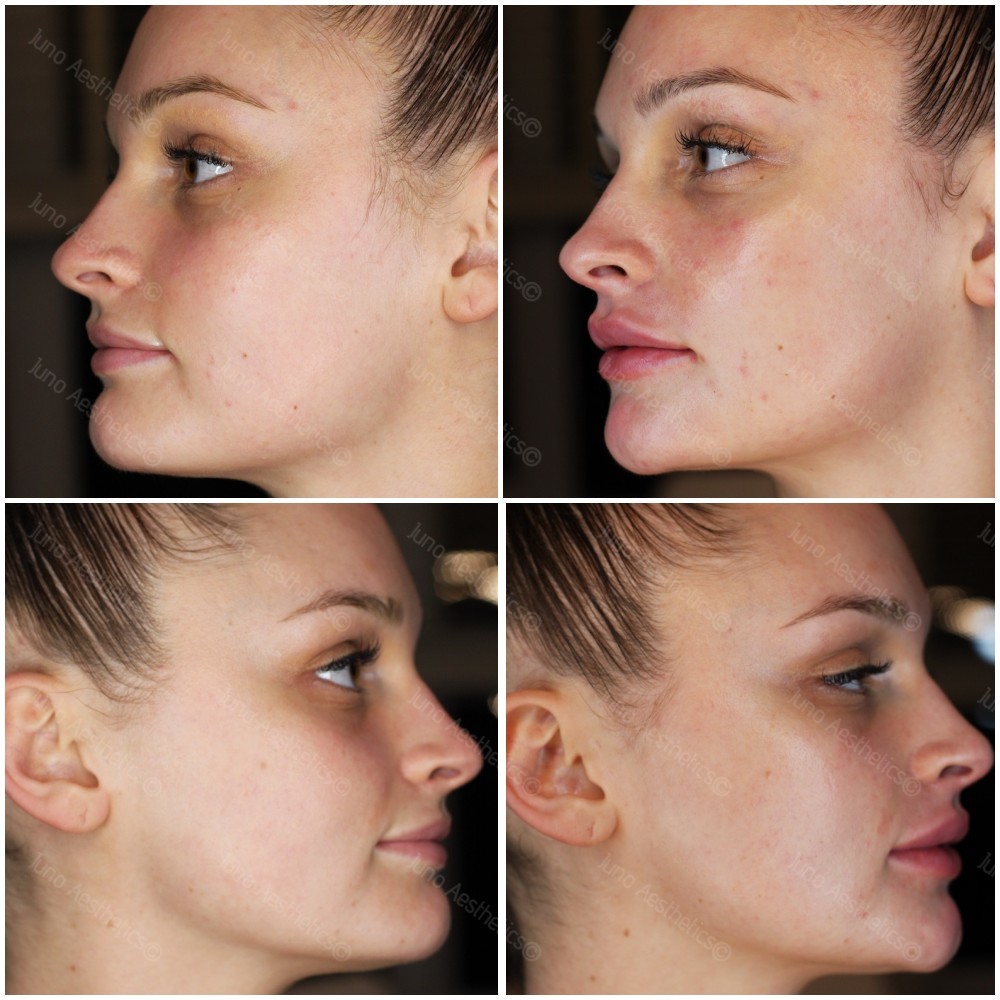Chemical Peels
Chemical peels are one of the oldest cosmetic treatments performed, dating back to ancient Egyptian times when natural acids derived from fruit and milk were applied to the skin. As knowledge and science have advanced, chemical peels are much more sophisticated and specific to a variety of skin problems, including uneven pigmentation, dull, dry or oily skin, wrinkles, blocked pores and acne. There are three basic types:
Superficial
Mild acids like salicylic acid (made from the bark of the willow tree) act on the uppermost layer of the epidermis with temporary results. These acids promote exfoliation, unclog blocked pores and break down oils.
Medium Depth- AHA
Not all peels are the same because different brands add ingredients for additional benefits. These peels act on the upper most layer of the dermis - causing a stinging or burning sensation. These acids change the biology of the skin from continued use.
Deep - TCA
Trichloroacetic acid is related to vinegar and permeates the top five layers of the epidermis to the upper most layers of the dermis.
Traditional TCA peels cause the skin to feel dry and tight and it may darken before peeling, with peeling starting on day 3 and continues for 2-3 days. However with the new PQAGE peels there is no peeling for this deep strength TCA peel.
Things to be aware of:
The longevity of the results will depend on a number of factors including the type of peel, skin preparation and aftercare. It is recommended that:
- Skin is prepared by using home care products with glycolic acid 2 weeks before treatment
- A course of 4-6 treatments 2-3 weeks apart is entered into
- Cosmeceutical home care products are purchased and used after the chemical peel.
After the treatment you can expect to be pink and your skin may feel dry and tight. You must wear sunscreen.
Chemical peels can trigger the cold sore virus and so you must have been clear of a breakout at least 3-4 weeks before your treatment. You must avoid vigorous exercise, sun exposure, sun beds, and saunas for 48 hours after your treatment.
Frequently Asked Questions:
What areas of the body can peels be performed?
Because they are effective but not irritating - pretty much anywhere! For the face, peels are commonly used on the forehead, brow line, around the eyes, on the mouth lines, cheeks and chin. On the body, the peels can be used on the back of hands, chest/decolletage, shoulders, back, neck and feet.
What is the skin's speed of improvement?
Textural smoothening and improvements with acne prone skin can occur with 1 to 3 peels. Whereas deeper textural changes require multiple peels and noticeable improvment usually occurs following 3 to 6 peels. For the most severe skin issues, results are likely to take longer than 6 peels and may be best combined with other treatments.
Who should not have a chemical peel?
It is essential that you disclose any of the following conditions: collagen disease, autoimmune disease, bullous conditions, uncontrolled systematic diseases such as diabetes/ thyroid /cancer, history of keloid scars, active cold sores, warts, sunburn/windburn, current or previous use of oral retinoids, history of cryosurgery/radiation treatments, skin not fully healed from previous cosmetic treatments, pregnancy or nursing, known allergies and diminished sensory response.



